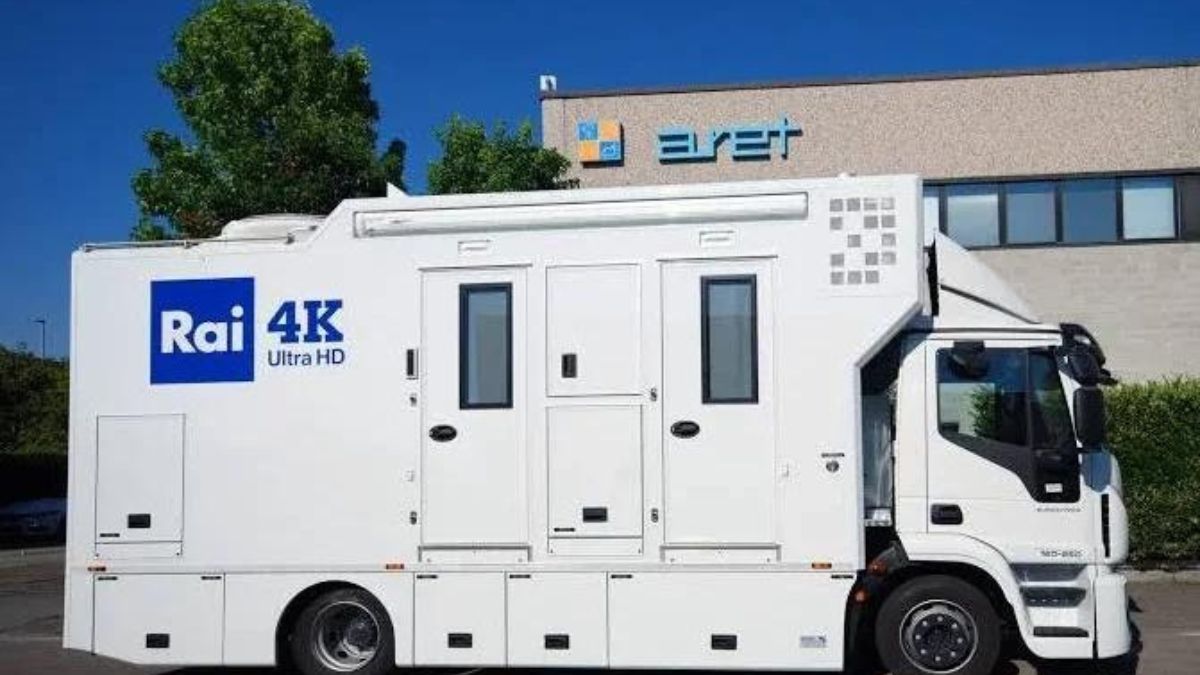In the realm of modern transportation solutions, the emergence of the Rai Van has introduced a versatile and innovative alternative for both individual and commercial use. As we delve into the intricacies of this advanced vehicle, it’s essential to understand not only its technical specifications but also its broader implications in the context of urban mobility, sustainability, and economic efficiency.
Overview of Rai Van
The Rai Van is an electric vehicle that combines the advantages of traditional vans with the modernity and eco-friendliness of electric power. Designed to cater to various needs, from personal travel to goods transportation, the Rai Van has quickly become a prominent player in the market. It prioritizes energy efficiency, ease of use, and a reduced carbon footprint, aligning with global trends towards sustainable mobility.
Technical Specifications of Rai Van
The Rai Van is equipped with state-of-the-art technology to ensure optimal performance. Key features include:
- Electric Engine: The heart of the Rai Van is its high-performance electric engine, capable of delivering robust torque and smooth acceleration. This is coupled with a long-range battery pack, allowing for extended travel without frequent recharging.
- Battery Life and Charging: One of the standout features of the Rai Van is its advanced battery technology. With a range of up to 300 miles on a single charge, it minimizes downtime and increases productivity. Additionally, the van supports rapid charging, enabling up to 80% battery capacity in just under an hour.
- Cargo Space and Capacity: Designed with practicality in mind, the Rai Van offers ample cargo space, making it ideal for businesses. The vehicle boasts a maximum payload capacity of 1,500 kg, providing significant flexibility for various commercial applications.
- Safety and Autonomy: Safety is a priority for the Rai Van, incorporating the latest in driver assistance systems (ADAS). Features such as adaptive cruise control, lane-keeping assistance, and automated emergency braking provide an extra layer of protection. Some models also include semi-autonomous driving capabilities, making long journeys less strenuous.
Environmental Impact
One of the most significant benefits of the Rai Van is its minimal environmental impact. As governments and organizations worldwide commit to reducing greenhouse gas emissions, electric vehicles like the Rai Van are at the forefront of this movement.
Reduced Emissions
Unlike traditional internal combustion engine vehicles, the Rai Van produces zero tailpipe emissions. This translates to a substantial reduction in pollutants such as carbon dioxide, nitrogen oxides, and particulate matter, contributing to cleaner air in urban areas.
Energy Efficiency
Electric motors are inherently more efficient than their gasoline or diesel counterparts. The Rai Van converts a higher percentage of its electrical energy into movement, resulting in less energy waste. Furthermore, regenerative braking systems capture and reuse energy that would otherwise be lost during braking.
Sustainable Materials
The construction of the Rai Van also emphasizes sustainability. Many components are made from recycled or eco-friendly materials, reducing the vehicle’s overall environmental footprint. In addition, the vehicle’s design facilitates easier recycling at the end of its life cycle.
Economic Advantages
The economic implications of adopting the Rai Van are compelling. From lower operating costs to potential tax incentives, businesses and individuals alike can achieve considerable savings.
Cost-Effective Operation
One of the main advantages of the Rai Van is its low operating cost. Electricity is generally cheaper than gasoline or diesel, leading to significant fuel savings over time. Additionally, electric vehicles have fewer moving parts, reducing maintenance and repair costs. For instance, there’s no need for oil changes, and brakes experience less wear and tear due to regenerative braking.
Government Incentives
Many governments offer incentives to encourage the adoption of electric vehicles. These incentives can include tax credits, rebates, and reduced registration fees. For businesses, these benefits can significantly offset the initial purchase price of the Rai Van, making it an even more attractive option.
Increased Productivity
With its high reliability and lower maintenance requirements, the Rai Van can enhance productivity for commercial enterprises. Less time spent on repairs and maintenance means more time on the road, ensuring timely deliveries and satisfied customers.
Applications of Rai Van
The versatility of the Rai Van allows it to be used in various settings, from personal transport to commercial logistics.
Urban Deliveries
In densely populated urban areas, the Rai Van’s compact size and zero-emission operation make it ideal for last-mile deliveries. Businesses can navigate through congested streets more efficiently, delivering goods quickly and sustainably.
Outdoor Adventures
For individuals seeking adventure, the Rai Van offers a perfect blend of practicality and comfort. Its spacious interior can be customized for camping trips, allowing adventurers to explore nature without sacrificing convenience. The vehicle’s electric powertrain also ensures a quiet and eco-friendly journey.
Mobile Services
The Rai Van is also well-suited for mobile service businesses. Whether it’s a food truck, a mobile workshop, or a pop-up retail store, the van’s adaptable design can accommodate various professional needs. The availability of onboard power from its battery can support equipment and appliances, expanding the scope of mobile services.
Rai Van vs. Traditional Vans
Comparing the Rai Van to traditional vans highlights several advantages that make the former a better choice for modern mobility needs.
Environmental Considerations
Traditional vans powered by internal combustion engines emit significant amounts of CO2 and other pollutants, contributing to environmental degradation. In contrast, the Rai Van’s electric powertrain eliminates tailpipe emissions, aligning with global efforts to combat climate change.
Operational Costs
Although the initial purchase price of the it may be higher than that of a traditional van, the long-term savings are substantial. Lower fuel costs, reduced maintenance expenses, and potential government incentives collectively make the Rai Van more economical in the long run.
Performance and Reliability
Electric vehicles like the Rai Van offer smooth and instant acceleration, providing a more responsive driving experience compared to traditional vans. Additionally, the reduced number of mechanical components translates into higher reliability and less frequent breakdowns.
Versatility
The Rai Van’s design is inherently versatile, catering to various applications from personal use to commercial operations. Its spacious cargo area, customizable interior, and advanced technology make it adaptable to a wide range of needs.
Challenges and Future Prospects
While the Rai Van presents numerous benefits, there are challenges to consider and opportunities for future development.
Charging Infrastructure
The availability of charging stations is crucial for the widespread adoption of electric vehicles. Although the charging network is continuously expanding, it is still a barrier in some regions. Continued investment in charging infrastructure is essential to support the growing number of Rai Vans on the road.
Battery Technology
Advancements in battery technology will play a critical role in the future viability of the Rai Van. Ongoing research aims to improve battery density, reduce charging times, and extend battery life. These developments will further enhance the appeal of electric vans.
Market Adoption
Convincing consumers and businesses to switch from traditional vehicles to electric alternatives like the Rai Van requires substantial effort. Education about the benefits, financial incentives, and positive experiences from existing users will be pivotal in driving market adoption.
Integration with Smart Cities
As urban areas evolve into smart cities, the integration of vehicles like the Rai Van will be essential. Connectivity features, data sharing, and autonomous driving capabilities will allow these vans to operate seamlessly within intelligent transportation systems.
Conclusion
The Rai Van represents a significant step forward in the evolution of transportation. With its emphasis on










